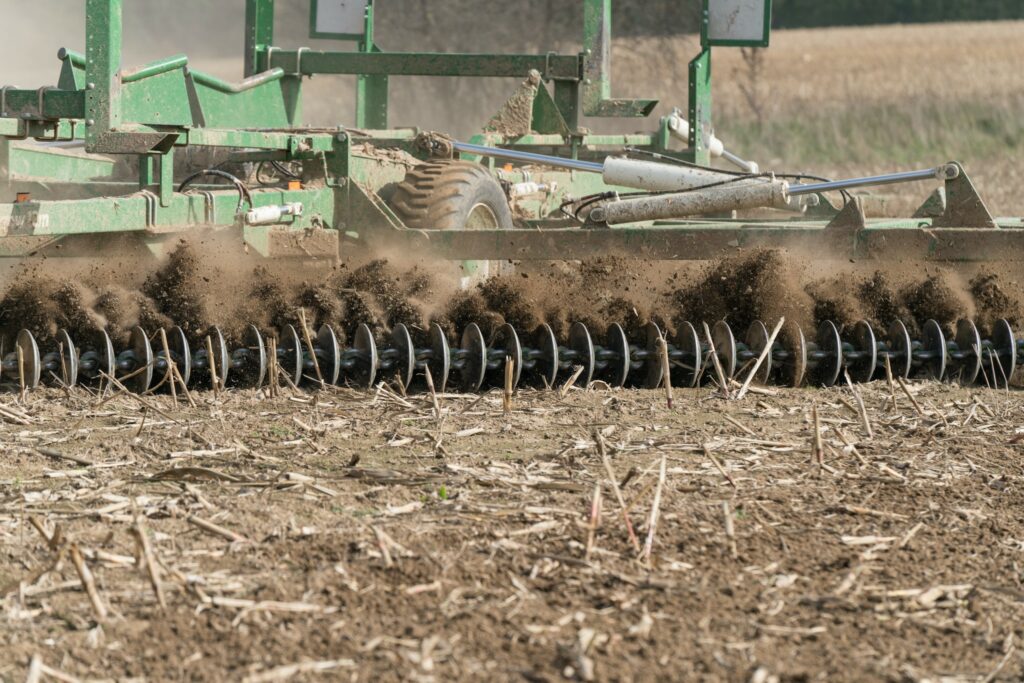Farming has always been considered as an industrial operation. In recent years though, the rise in smallholder farms has led to a change in the agronomic industry landscape. However, smallholder farmers are at a serious disadvantage due to a lack of financing, and this heavily affects their ability to reach the market.
The value chain of the agro-industry is designed in a way that helps larger farms grow larger, while smaller farms often struggle to survive in an extremely competitive environment. It’s not all doom and gloom for smallholders though; with the help of modern technology, the status quo is facing a change.
Here are some examples of how modern technology is able to empower smallholder farmers and place them on a similar pedestal to their larger counterparts.
Online platforms as an empowerment tool
With the help of mobile technology, farmers have been able to set up their own micro-communities that put them in touch with all the necessary resources. This includes the market as well as necessary financing operations. Farmers are able to access crowd-sourced help like never before, and thus their scale of operations is able to become larger.
Moreover, such online platforms ensure that farmers are able to access competitive market rates, and not the ones dictated by the agro-industry at large. This has enabled scores of smaller farmers the ability to purchase input products that would have been impossible for them otherwise.
Another aspect of online platforms that have really spearheaded the smallholder agricultural movement is access to knowledge. Not only are they able to gain knowledge that previously resided at a corporate level, but they are also able to review each others’ methods. This chain of communication between smallholder farmers has enabled a platform where a constant sharing of ideas takes place. Whether it be the usage of modern technology to develop yield capacity or the adoption of environment-friendly farming methods, the latest farming practices are now available to smallholder farmers at a global level.
The change in value chains
The primary reason why smallholder farms were unable to climb up the value chain was that their production amount was deemed to be unworthy of large-scale financial support. But since these online platforms have sufficiently empowered them with access to both input and knowledge, this gap is becoming shorter.
National and international level banks are now choosing to finance smallholder farms that show promise of rapid development. With time it is expected that every agro-financier, large and small, will be tied to smallholder farms. Such a scenario was deemed impossible even a decade ago, but with technology, it has been made possible. Many African nations have been able to completely change their agricultural landscape with the help of online platforms such as ‘E-Granary‘.
Current challenges
Although this progress has been rapid, there still exist certain challenges. Smaller farms are more susceptible to damage from climate change, and the lack of insurance makes them a huge liability for financiers. So, the primary requirement right now is to incorporate agro-insurance within these online platforms and make them largely available to smallholder farmers.
There are also other challenges, such as governmental regulations, that still set back smallholder farms from climbing up the value chain. But overall, the introduction of modern technology and especially mobile technology to the smallholder agro-industry has been a huge step forward for agriculture at large.
With time this industry is bound to achieve more and be considered as a legitimate means of production of agro-products. Most importantly it will enable a large section of people to access jobs that they never before could.


